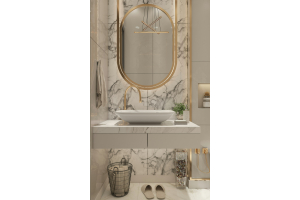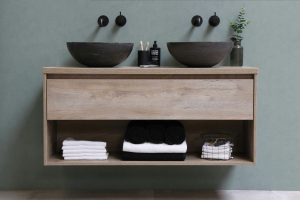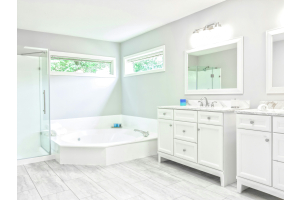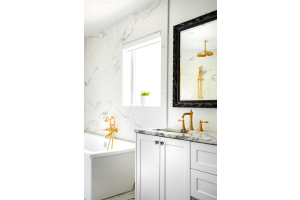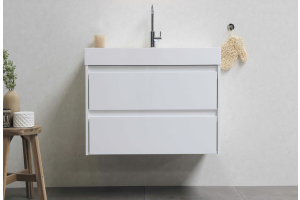If you’ve decided to create a slatwall board, you’ll no doubt be looking for something durable that will be able to withstand the weight of your chosen attachments. At the same time, you want it to be a beautiful addition to the space where it is located. It is essential you choose the best slatwall panels for your project. They should be selected for their durability because they will likely be used to hang potentially heavy items, and these items might be used and moved around frequently.
It is very important to bear in mind that the way a slatwall is assembled will have a significant impact on how long the slatwall will last, so it pays to do research before embarking on a slatwall project.
It’s not always easy figuring out what the best slatwall system is, so we’ve put together this guide to help ensure you can build a slatwall board that will last.
Getting Started
Before doing the installation, you need to gather all of the materials for the job. The most important are the slat panels themselves. Be sure to choose a material that is sturdy enough for its desired use, but is also a recommended material that can be easily assembled and cut with a saw.
You’ll also need wood glue, screws, dowels, and paint or varnish for the finishing touches. If you’re planning on hanging anything from your wall, it's also worth picking up some drywall anchors or masonry screws.
Cutting and Assembling
The first stage of making your slatwall is cutting the panels. It's best to draw a grid on each panel before cutting so that they fit together perfectly when they are being hung on the wall. Use a saw to carefully cut along the lines on each panel. If you want extra precise measurements, it might be worth investing in a laser cutter instead of using a manual saw.
Once all the panels are cut, the next important question is how to hang slatwall panels. This is done by assembling the panels together with wood glue and screws so they form one large flat surface. Glue any excess panels together as needed. This will help make sure everything fits snugly together when complete.
Adding Detail
Now that your flat surface is ready, you can start adding details like dowels or other embellishments that achieve the desired look. To avoid having too much weight pulling down on one area of the board (which can lead to warping) use several small dowels instead of one long piece running across multiple panels.
Be careful not to load too much weight onto any single area when adding these details. This could cause damage over time due to warping or cracked boards from excessive pressure in one spot.
When using different materials such as metal for decorations, ensure they are properly attached with screws rather than relying on glue alone which can deteriorate and break away over time due to vibrations from general use.
Finishing Touches
Finally, it's time for the finishing touches. Choose whichever paint or varnish finish suits your desired look but be sure not to sacrifice quality. Inferior products won’t last as long as more expensive options and won't provide adequate protection against other elements such as dirt or moisture. These elements can cause damage over time if not treated properly beforehand with protective coatings such as a lacquer or wax sealant.
If painting, take extra care around areas where dowels are inserted by masking them off beforehand with tape so they don't get covered up. This will give them better durability too. Finally, attach any anchors to provide the strength needed to hang items on your finished slatwall. Be careful when drilling for these—drill slowly so as not to crack any of the panels.

